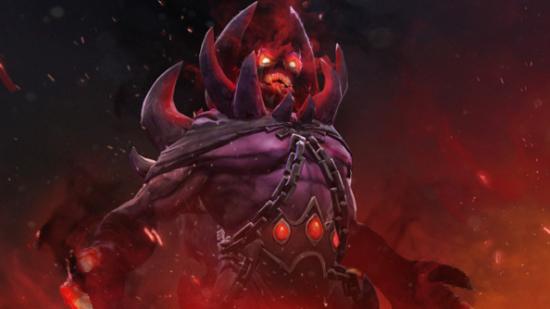Last month, Valve introduced Dota’s most divisive feature to date – chat bans that feed directly into the game’s existing report system by temporarily gagging the most foul-mouthed and black-souled elements of the game’s humongous playerbase. And it’s working: since the system was implemented, Valve have recorded 35% fewer negative communication interactions, as well as some encouraging statistics about rehabilitated rude people.
Valve say that 60% of players who receive bans go on to modify their behavior and don’t receive further bans (the less said about the other 40%, presumably, the better).
Less than the 1% of the active player base (those who’ve played Dota 2 in the last month) are currently banned, and overall reports have dropped by more than 30% since the new system was patched into the game.
The developers also talked a little about their reasons for implementing such a “harsh” measure to the game. In a blog post published yesterday, Valve divulged that the outcome of matches doesn’t correlate “at all” to the likelihood of quitting. Players can apparently tolerate a barrage of losses without quitting – but what they won’t tolerate is abuse at the hands of strangers. “Put simply, you are most likely to quit if there is abusive chat going on in your games,” write the dev team.
Naturally, that’s something Valve wanted to tackle (“We only want people to quit playing if they actually just don’t like the game”).
“That thinking led us to the current communication ban system,” they write. “Its goal is to reduce the toxicity that occurs verbally or via text chat, and as a result, to avoid causing players to quit the game solely due to negative communication experiences.”
Rather than simply leaving players to deal with upset themselves via the in-game mute button – a solution which often comes too late to prevent the offence, in any case – Valve built a system which would provide direct feedback to those doing the offending.
“Our data shows this is working exactly as we hoped,” say they developers. “Many players banned eventually reach a ban free communication style, and the percentage of players being reported for communication bans is dropping over time.”
How have you found the ban system since its implementation? Or more broadly, the game? Have you noticed a marked improvement in player behaviour?
